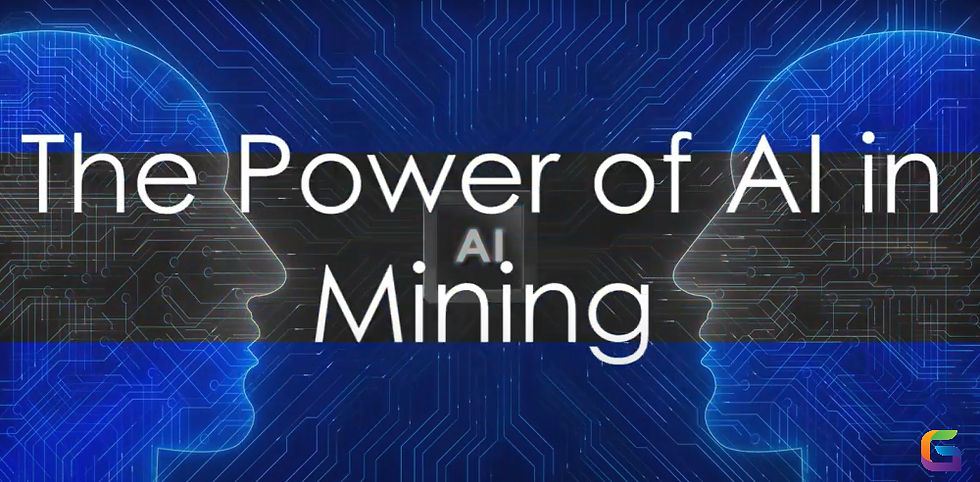Detecting Road Damage (cracks and potholes) with Artificial Intelligence
- Anvita Shrivastava

- Aug 5
- 3 min read
Over time, traffic volume and environmental factors cause road infrastructure to deteriorate. Planning for road safety and maintenance requires the prompt discovery of surface irregularities like potholes and cracks. Conventional visual assessment techniques are subjective, time-consuming, and manual.
Automatic road damage identification has been transformed by artificial intelligence (AI), especially deep learning and computer vision. High-accuracy, real-time defect identification is now possible at scale thanks to developments in convolutional neural networks (CNNs), semantic segmentation, object detection, and edge computing.

Understanding the Types of Road Damage
Before exploring AI methods, it's critical to categorize the many forms of road damage:
Cracks that run longitudinally are parallel to the centreline of the road.
Transverse Cracks: Oriented perpendicular to the centreline of the pavement.
Alligator Cracks: A pattern of interconnected cracks.
Potholes: Depressions in the shape of bowls brought on by material breakdown.
Rutting and Raveling: Aggregate loss and surface deformation.
The system's capacity to discern these patterns in the presence of changing surface textures, occlusion, and lighting conditions is essential for accurate detection.
AI Techniques for Road Damage Detection
Image Acquisition and Preprocessing
High-resolution pictures are taken with:
RGB cameras installed on vehicles
UAVs and drones (Aerial Imagery)
LiDAR units that are mobile
Dashcams on smartphones
Preprocessing consists of:
Gaussian and median filters are used to remove noise.
Enhancement of contrast (CLAHE)
Enhancement of images (rotation, resizing, flipping)
Correction of perspective
Model Architectures for Detection
a. Object Detection Frameworks
Used to localize and classify road defects.
YOLOv5 / YOLOv8: Real-time detection with high FPS, optimized for embedded systems.
Faster R-CNN: High accuracy, preferred for crack classification.
SSD (Single Shot Multibox Detector): Balanced trade-off between speed and accuracy.
b. Semantic Segmentation Networks
Pixel-level classification of crack/pothole regions.
U-Net / U-Net++: Ideal for biomedical and road surface defect segmentation.
DeepLabv3+: Atrous spatial pyramid pooling improves multi-scale feature extraction.
SegNet: Encoder-decoder architecture optimized for resource-constrained devices.
c. Classification Networks
For binary/multiclass classification of extracted road patches.
ResNet-50 / EfficientNet: Feature extractors pretrained on ImageNet, fine-tuned for road damage datasets.
Training Pipeline: Step-by-Step
Data Annotation: Bounding boxes and masks are made with programs like ESRI or an online platform like GeoWGS84.ai.
Training Models:
Loss functions include IoU loss (for segmentation) and focal loss (for imbalance).
Adam and SGD with momentum are optimizers.
Learning Rate Scheduling: OneCycleLR and cosine decay.
Or you can use GeoWGS84.ai to train the model.
Metrics for Evaluation:
Mean Average Precision, or mAP
Intersection over Union, or IoU
F1-Score, Accuracy, and Memory
Optimization of Inference:
For model acceleration and quantization, use TensorRT or ONNX.
Edge deployment using Coral TPU, Raspberry Pi 5, or Jetson Nano.
Real-Time Deployment and Edge AI
Edge AI is used for on-vehicle inference in modern road damage detection systems:
Processing at 30+ FPS is made possible with the Jetson Xavier AGX + YOLOv8.
5G + Cloud AI for central dashboarding and batch analytics.
Connections to GIS programs, such as ArcGIS or QGIS, enable asset labelling and spatial visualization.
Municipalities can rank repairs according to location and severity by using real-time GPS tagging and timestamping.
Challenges in Real-World Implementation
Despite tremendous advancements, difficulties still exist:
Changing lighting (e.g., night circumstances, shadows)
Occlusions (debris, leaves, and automobiles)
Variability in surface (cobbled, concrete, and asphalt roads)
Class disparity (potholes are more critical but less common)
Among the solutions are active learning pipelines with human-in-the-loop input, few-shot learning, and domain adaptability.
Road damage detection powered by AI is transforming infrastructure monitoring by automating the identification of defects with previously unheard-of scale and precision. Cities and highway agencies can switch to data-driven road maintenance by utilizing deep learning, edge computing, and GIS tools, which will lower costs and increase public safety.
For more information or any questions regarding artificial intelligence, please don't hesitate to contact us at
Email: info@geowgs84.com
USA (HQ): (720) 702–4849
(A GeoWGS84 Corp Company)




Comments